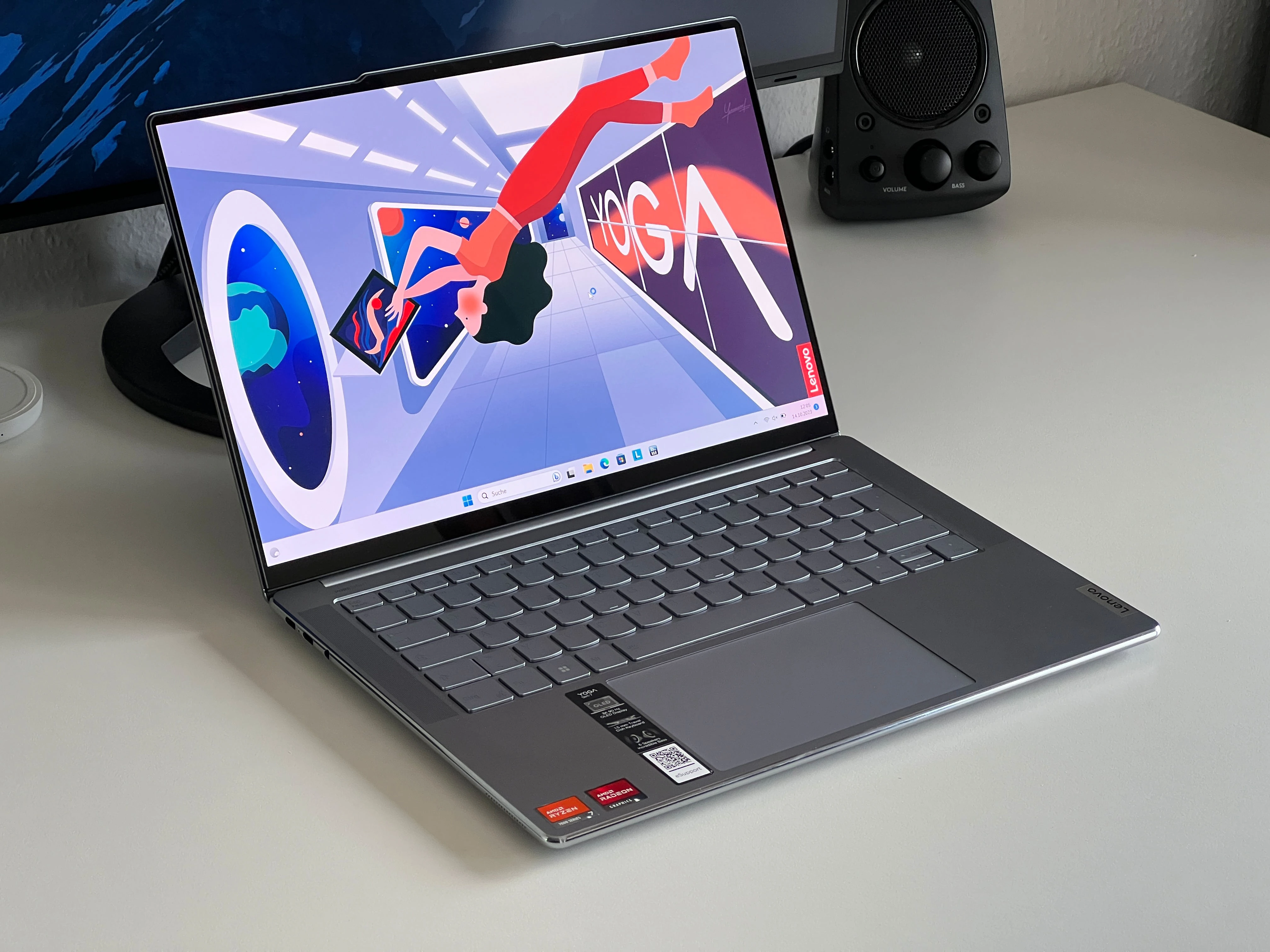These specs but in a 2-in-1, please.
Combined up and down arrow keys = no buy.
PWM brightness too.
Seriously considering this as my next primary work computer with me being a mixed AI/general software developer girl for everything. I’m in this weird place where day to do day 90% of the time I might just as well make do with a netbook because almost all my actual work lives remotely on workstations/servers, but once upon a time I can REALLY use scrunching a cool few tens of gigabytes of raw data locally without the latency of back and forth, especially to run some statistics on a dataset and to visualize it.
I currently have a Ryzen 5700X Lenovo Flex, which is effectively a Ryzen 2700X derivative, and while the CPU carries its weight pretty great, it was never offered with over 16GB of RAM and some data science garbage will just straight up run out of memory and wave goodbye and you can’t do anything about that, so the 32GB RAM alone would be nice, but I wouldn’t say no to 64GB either.
I’m also a sucker for OLED displays although 2944x1840 feels like a hella overkill, I wonder how well it would support halving the resolution; 1472x920 sounds like a really weird number but would probably go a long way towards making the battery life better and allowing you do some light 3D gaming.
The thing is this feels like the very limit of as good as laptops get these days without having a dGPU which I have zero use for; I do have desktops for that.
Can anyone else point out anything with comparable CPU and display but say, 64GB of RAM, but still without a dGPU?
Running LCDs/oleds at lower resolution doesn’t reduce their power requirements because they are still powering the backlight and every pixel. It will only (very) slightly reduce the framebuffer usage and possibly gpu power. Very slightly.
Reducing the brightness is the only real way to reduce screen power requirements.
I know about the displays. I’m talking about the difference on the GPU rendering literally anything 3D, which will be pretty massive.
Pop next year’s Strix Point into this thing and it’ll sell like hotcakes. And as far as I understand it Strix Point is design compatible with this gen, so no need to develop a new SKU.
All twenty units they produce will sell like hot cake, I’m sure of that.
Yeah, that’s another problem to sort out. Not nearly enough supply to meet demand.
Strix Point is design compatible with this gen
Only compatible with FP8 designs. Fortunately (or unfortunately for others) this one is the only FP8 Phoenix laptop by far.
Thanks for the correction. I really hope Lenovo see the sense in the refresh.
I ran this year’s Slim 7 14 Pro X for a few months. If it’s still the same “great 2.9K 90Hz OLED”, the viewing angles were ass. Otherwise a really good device.
OLED shouldn’t have viewing angle issues, you sure it wasn’t a TN panel?
You forget the rainbow effect and sub pixel issues, which is likely what they mean without knowing the words.
Are you sure yours didn’t have an optional security filter?
100% sure, I hate those things. It didn’t work like a privacy screen either. It just had this narrow cone where you’d see everything at full brightness, and half brightness outside of it. Still legible but very annoying because if you’re not perfectly center, it’s inconsistent even from one eye to another, and from one corner of the screen to another.
Lenovo pls make a 2 in 1 convertible model of this 😢
I’d much rather companies focus on 1600p @ 120hz than 4k at these kinds of screen sizes, it’s frustrating how many non-gaming devices avoid them when even MacBook Pros have a high refresh rate screen nowadays.
It’s kinda funny to see 14 inch screens with near 4K res, like what the hell. What are they aiming for? 24 1080p and 32 1440p is sufficient for all tasks, why try to go further with at all let alone with funny numbers when virtually all the media is a factor of either 2160p or 1080p. Not only is it quite likely not necessary, but the resizing of all the internet media quite likely seems weird. The battery consumption just seems like it’s not worth it
Samsung finally had the right peace of mind and went with 1080p screens for all flagship phones.
- I thought Yoga was the convertible tablet line. Lenovo’s naming confuses me.
- Zen 4, with a Ryzen 7 7840S… But the last one was Ryzen 7 7735HS, and that was Zen3+. AMD’s naming also confuses me.
Am I the old man yelling at cloud here? Are we supposed to have no idea what anything is without having to read detailed reviews?
7735 HS
First 7 - Zen generation
Second 7 - SKU Tier
Third 3 - CPU uArch Generation
Fourth 5 - Differentiate between Refresh
HS - High powered SoC for slim devices. 35W


